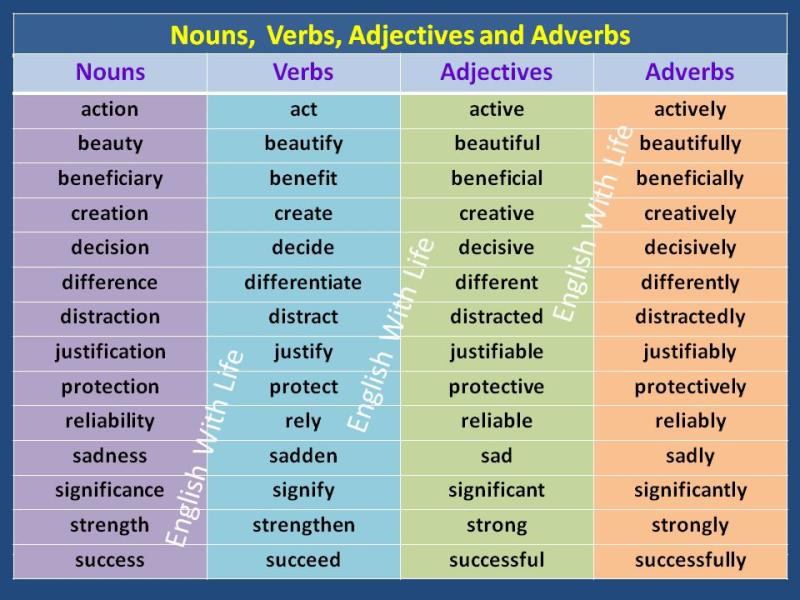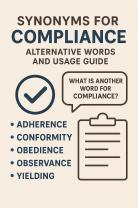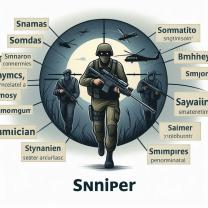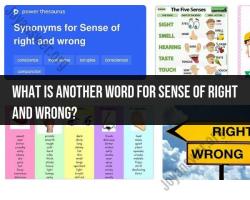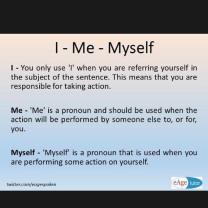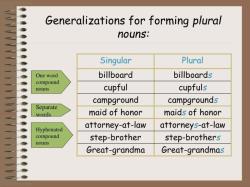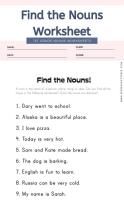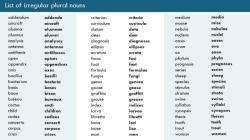What are the differences between nouns and verbs?
Nouns and verbs are fundamental parts of speech that serve distinct functions in a sentence. Here are the key differences between nouns and verbs:
Nouns:
Definition:
- Nouns: Nouns are words that name people, places, things, or ideas.
- Examples: cat, city, book, happiness.
- Nouns: Nouns are words that name people, places, things, or ideas.
Function:
- Nouns: Nouns function as the subjects or objects in a sentence and can also serve as the subject of a clause or the object of a preposition.
- Examples: The cat is sleeping. I visited the city. She read the book with happiness.
- Nouns: Nouns function as the subjects or objects in a sentence and can also serve as the subject of a clause or the object of a preposition.
Types:
- Common Nouns: Refer to general, non-specific people, places, things, or ideas (e.g., dog, city, book, joy).
- Proper Nouns: Refer to specific, unique people, places, or things and are capitalized (e.g., Max, Paris, The Great Gatsby).
Roles:
- Subject: The cat is sleeping. (Cat is the subject.)
- Object: She read the book. (Book is the object.)
Verbs:
Definition:
- Verbs: Verbs are words that express actions, states, or occurrences.
- Examples: run, eat, think, create.
- Verbs: Verbs are words that express actions, states, or occurrences.
Function:
- Verbs: Verbs convey what the subject is doing (action), what the subject is like (state), or what is happening (occurrence).
- Examples: She runs every morning. He thinks deeply. The artist creates beautiful paintings.
- Verbs: Verbs convey what the subject is doing (action), what the subject is like (state), or what is happening (occurrence).
Types:
- Action Verbs: Express physical or mental actions (e.g., run, eat, think).
- Linking Verbs: Connect the subject to a subject complement, describing the subject (e.g., is, am, are, was, were).
- Helping (Auxiliary) Verbs: Assist the main verb in a sentence (e.g., do, does, did, has, have, had, is, am, are, was, were, be, being, been).
Roles:
- Expressing Action: She runs every morning. (Runs is an action verb.)
- Linking the Subject and Complement: He is a doctor. (Is is a linking verb.)
Examples:
Noun Examples:
- The cat climbed the tree. (Cat is a common noun.)
- We visited Paris last summer. (Paris is a proper noun.)
Verb Examples:
- She runs five miles every day. (Runs is an action verb.)
- The flowers are beautiful. (Are is a linking verb.)
Additional Points:
Gerunds and Infinitives:
- Some verbs can also function as nouns when used in their gerund or infinitive forms.
- Running is good exercise. (Gerund)
- I like to run. (Infinitive)
- Some verbs can also function as nouns when used in their gerund or infinitive forms.
Participles:
- Verbs can also function as participles, which are used in verb phrases and adjective phrases.
- The broken vase. (Broken is a past participle used in an adjective phrase.)
- Verbs can also function as participles, which are used in verb phrases and adjective phrases.
Understanding the distinction between nouns and verbs is crucial for constructing clear and grammatically correct sentences. Nouns provide the subjects and objects, while verbs convey the actions, states, or occurrences that drive the meaning of the sentence.
Nouns and verbs are fundamental parts of speech that play distinct roles in constructing meaningful sentences and conveying information. Nouns serve as the building blocks of language, naming people, places, things, concepts, or qualities. Verbs, on the other hand, represent actions, events, or states of being, adding dynamism and movement to language.
Here's a breakdown of the key features distinguishing nouns and verbs:
Nouns:
Function: Nouns act as the subjects, objects, or indirect objects of sentences.
Form: Nouns can exist in singular or plural forms, indicating one or more than one of something.
Modification: Nouns can be modified by adjectives, determiners, and prepositional phrases.
Examples: Person, place, thing, idea, quality (e.g., teacher, city, book, love, beauty)
Verbs:
Function: Verbs express actions, events, or states of being, forming the predicate of sentences.
Tense: Verbs can be conjugated in various tenses, indicating the time of the action or event.
Aspect: Verbs can be conjugated in different aspects, such as simple, continuous, perfect, or progressive, to convey the duration or completeness of the action.
Modality: Verbs can express modality, indicating possibility, necessity, or permission.
Examples: Run, jump, eat, sleep, talk, think, feel
Here's a table summarizing the key differences between nouns and verbs:
| Feature | Noun | Verb |
|---|---|---|
| Function | Subject, object, indirect object | Predicate |
| Form | Singular, plural | Various tenses, aspects, modalities |
| Modification | Adjectives, determiners, prepositional phrases | Adverbs, adverbial phrases, prepositional phrases |
| Examples | Person, place, thing, idea, quality | Run, jump, eat, sleep, talk, think, feel |
In essence, nouns provide the static elements of language, naming the entities and concepts we interact with, while verbs bring these elements to life by expressing actions, events, and states of being. Both nouns and verbs play crucial roles in constructing meaningful sentences and conveying information.
